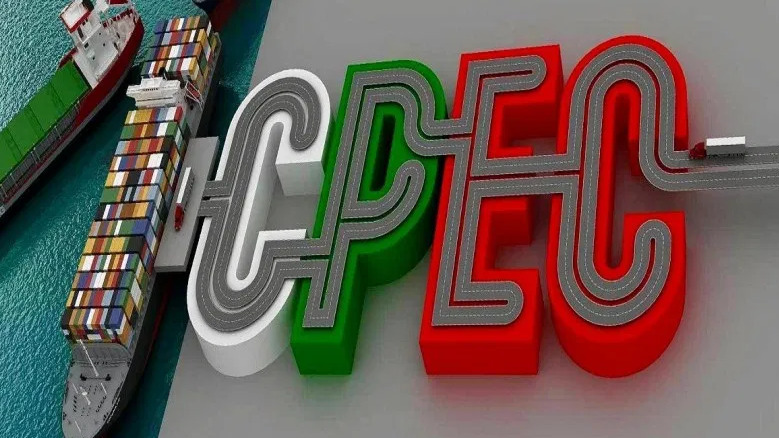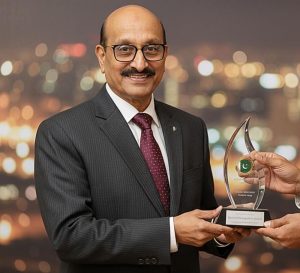Engineering Post Report
The second phase of great game changer China-Pakistan Economic Corridor (CPEC) has since been initiated with emphasis on industrialization and development of Special Economic Zones (SEZs) in different parts of the country, agriculture, modernization, science and technology cooperation and socio-economic development.
The overall objective, according to the official sources, is to reap dividends of the investment made in the first phase (2015-20) that has created an enabling environment for investment in other sectors as existing gaps in infrastructure and energy have been filled. Several deliverables have been identified for the Joint Cooperation Committee (JCC) by all stakeholders.
Talking about the targets and proposed action plan for 2021-22, the sources said that on the western alignment , Hakla-Dera Ismail Khan and Zhob-Quetta sections are under construction whereas the Dera Ismail Khan-Zhob section is under discussion with the Chinese side for financing and is expected to be launched during 2021-22.Joint Working on Transport Infrastructure is anticipated to be notified to prepare proposals of Realignment of Thakot-Raikot Section during current financial year 2021-22.The concessional Financing Agreement for landmark Main Line-1 (ML-1) project is expected to be finalized in the first quarter of just commenced financial year and subsequently arrangements will be made for ground breaking of the mega project.
The following projects are most likely going to be proposed for inclusion in the CPEC framework in 2021-22 and will be discussed in the Joint Working Group meeting and subsequently in the Joint Cooperation Committee (JCC):
i).Swat Expressway Phase 11 ( 82 km),ii). Dera Ismail Khan-Peshawar Motorway (365 km, and iii).Dir Expressway (26 km).
Regarding industrial cooperation under CPEC framework, the sources said that significant progress, in terms of utility provision, has been made under the industrial cooperation during financial year 2020-21.
The new financial year will see more progress in terms of marketing of the prioritized SEZs. Moreover, joint industrial diagnostic studies since also have been completed for some sectors and major impediments have been duly identified. Both policy support and allied enabling environment have also been formulated to improve the functionality of the prioritized SEZs.






